-
 Bitcoin
Bitcoin $116400
-0.36% -
 Ethereum
Ethereum $4033
3.40% -
 XRP
XRP $3.302
-1.26% -
 Tether USDt
Tether USDt $1.000
-0.02% -
 BNB
BNB $796.1
1.67% -
 Solana
Solana $177.8
1.89% -
 USDC
USDC $0.9999
0.00% -
 Dogecoin
Dogecoin $0.2314
4.09% -
 TRON
TRON $0.3381
0.14% -
 Cardano
Cardano $0.7989
1.22% -
 Stellar
Stellar $0.4496
-1.84% -
 Chainlink
Chainlink $20.42
9.42% -
 Hyperliquid
Hyperliquid $41.17
0.88% -
 Sui
Sui $3.914
3.77% -
 Bitcoin Cash
Bitcoin Cash $584.7
1.52% -
 Hedera
Hedera $0.2632
-0.54% -
 Avalanche
Avalanche $24.09
3.40% -
 Ethena USDe
Ethena USDe $1.001
-0.02% -
 Litecoin
Litecoin $123.2
1.33% -
 Toncoin
Toncoin $3.318
-0.04% -
 UNUS SED LEO
UNUS SED LEO $8.984
-0.05% -
 Shiba Inu
Shiba Inu $0.00001323
2.85% -
 Uniswap
Uniswap $10.90
4.41% -
 Polkadot
Polkadot $3.999
3.34% -
 Dai
Dai $1.000
0.01% -
 Cronos
Cronos $0.1630
9.64% -
 Bitget Token
Bitget Token $4.484
0.82% -
 Monero
Monero $272.4
2.44% -
 Pepe
Pepe $0.00001173
6.03% -
 Aave
Aave $290.8
2.88%
What should I do if the gas fee is too high when minting an NFT?
Minting NFTs on Ethereum requires paying gas fees, which vary based on network demand—using tools like Etherscan and timing mints during off-peak hours can significantly reduce costs.
Aug 08, 2025 at 07:21 am
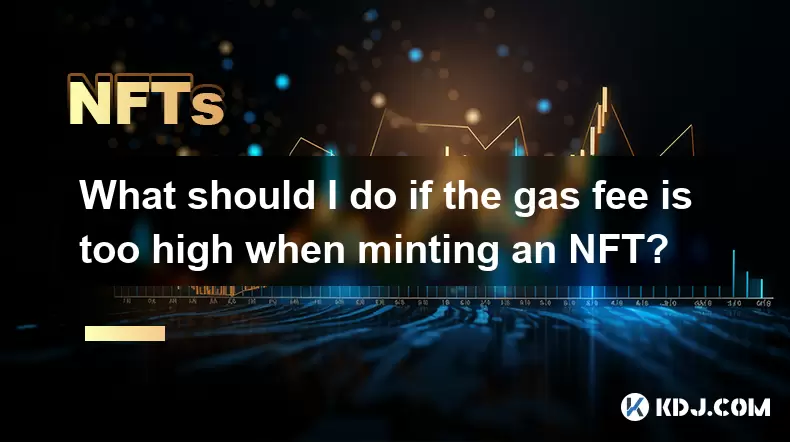
Understanding Gas Fees in NFT Minting
When minting an NFT on the Ethereum blockchain, users must pay a gas fee, which is the cost required to execute transactions or smart contracts. This fee compensates miners or validators for the computational energy used to process and validate transactions. The gas fee fluctuates based on network congestion and demand for block space. During peak usage times—such as high-profile NFT drops or DeFi activity—the gas price can spike dramatically. This means users may end up paying significantly more than expected to mint a single NFT. Understanding how gas pricing works is essential. Gas is measured in gwei, a subunit of ETH, and the total fee is calculated as gas limit × gas price. If the network is busy, the gas price increases, leading to higher costs.
Monitoring Real-Time Gas Prices
To avoid overpaying, users should actively monitor real-time gas prices before initiating a mint transaction. Several reliable tools provide up-to-date gas data:
- Etherscan Gas Tracker displays current low, average, and high gas fees.
- GasNow offers dynamic suggestions based on network load.
- Blocknative Gas Platform gives detailed analytics and historical trends.
Using these platforms, you can identify periods of lower congestion. For instance, minting during off-peak hours—typically late at night or early morning UTC—can drastically reduce fees. These tools often categorize gas prices into slow, standard, and fast options, allowing users to balance urgency and cost. Selecting the slow option when the network is calm may cut minting costs by over 50%.Adjusting Gas Parameters Manually
Most crypto wallets, such as MetaMask, allow users to customize gas settings before confirming a transaction. Instead of accepting the default suggested fee, you can manually lower the gas price to reduce costs. Here’s how to do it in MetaMask: - Open the transaction confirmation window.
- Click "Edit" next to the gas fee section.
- Switch to "Advanced Options".
- Reduce the Gas Price (GWEI) to a level close to the current low-tier recommendation from Etherscan.
- Ensure the Gas Limit remains unchanged unless you have specific knowledge about the smart contract’s requirements.
Lowering the gas price increases the chance of transaction delays, but if the network isn’t overloaded, your mint may still go through successfully at a fraction of the cost. Be cautious not to set the gas price too low, as the transaction could remain pending indefinitely.Using Layer 2 Solutions and Alternative Blockchains
One of the most effective long-term strategies to avoid high Ethereum gas fees is to mint NFTs on Layer 2 networks or alternative blockchains that offer lower transaction costs. Ethereum Layer 2 solutions like Polygon (Matic), Arbitrum, and Optimism inherit Ethereum’s security while drastically reducing fees. Many NFT marketplaces, including OpenSea and LooksRare, support Polygon-based NFTs, allowing minting with gas fees often under $0.01. To use these networks: - Add the desired network (e.g., Polygon) to your MetaMask wallet.
- Bridge a small amount of ETH or use native tokens like MATIC for gas.
- Connect to NFT platforms that support the network.
Alternatively, blockchains like Solana, Avalanche, or Binance Smart Chain offer even lower fees and faster transactions. However, ensure the NFT project supports these chains before proceeding.Leveraging Gas Fee Optimization Tools
Several decentralized applications (dApps) specialize in gas fee optimization. Tools like ETHGasStation, GasToken, and Chi Token (on Ethereum) help users save on fees through various mechanisms. For example: - GasToken allows users to “store” gas during low-price periods and “redeem” it when prices are high, effectively reducing net costs.
- Some launchpads and NFT platforms integrate batch minting, where multiple NFTs are minted in a single transaction, spreading the gas cost across several items.
- Flashbots enables users to send transactions directly to miners, bypassing public mempools and potentially reducing front-running and overpayment.
Using such tools requires a deeper understanding of Ethereum mechanics, but they can yield substantial savings for frequent minters.Planning and Timing Your Mint Strategically
Timing plays a crucial role in minimizing gas expenses. Instead of rushing to mint immediately at drop time, consider waiting 30 to 60 minutes after the launch. Initial surges in demand cause gas prices to spike, but they often stabilize as the crowd disperses. Additionally: - Check the official project announcement for minting windows—some allow minting over several hours or days.
- Use calendar alerts to track upcoming NFT drops and plan mints during low-traffic periods.
- Avoid minting during major crypto events, such as Ethereum upgrades or large token launches, as these increase network load.
Proactive planning ensures you’re not forced into overpaying due to urgency.Frequently Asked Questions
Why does my NFT mint transaction fail when I lower the gas fee?
Lowering the gas fee too much may result in your transaction being ignored by miners, especially during congestion. The network prioritizes transactions with higher gas prices. If the fee is below the minimum threshold miners are willing to accept, your transaction may stay in the pending pool indefinitely or eventually drop.Can I cancel a pending NFT mint transaction to resubmit with a lower fee?
Yes. In MetaMask, you can speed up or cancel a pending transaction. To cancel:- Go to the activity tab.
- Click on the pending transaction.
- Select "Cancel" and confirm with a new transaction using a higher gas fee to replace the original. This effectively voids the first one.
Does using a hardware wallet affect gas fees?
No. Hardware wallets like Ledger or Trezor do not influence gas fees. They only provide secure signing of transactions. The fee is determined by the network and your wallet settings, not the device used to approve the transaction.Are gas fees refundable if the NFT mint fails?
No. Gas fees are paid for computational work, regardless of whether the transaction succeeds or fails. If a mint fails due to a smart contract error or insufficient gas, the fee is still consumed because the network processed the attempt.
Disclaimer:info@kdj.com
The information provided is not trading advice. kdj.com does not assume any responsibility for any investments made based on the information provided in this article. Cryptocurrencies are highly volatile and it is highly recommended that you invest with caution after thorough research!
If you believe that the content used on this website infringes your copyright, please contact us immediately (info@kdj.com) and we will delete it promptly.
- Decentralized Data: Taking the Driver's Seat in the Data Economy
- 2025-08-09 14:30:11
- Bitcoin vs. Gold: The Store-of-Value Showdown in the Digital Age
- 2025-08-09 14:30:11
- BlockDAG, Stellar, and Crypto Adoption: Navigating the Hype
- 2025-08-09 14:50:12
- Litecoin Price Surge: Riding the Wave of Institutional Interest and ETF Hopes
- 2025-08-09 14:50:12
- Chainlink's Wild Ride: Whales Are Still Loading Up on LINK!
- 2025-08-09 15:10:11
- Ruvi AI: Solana's New Challenger Dominating Token Sales with AI Innovation
- 2025-08-09 14:55:15
Related knowledge
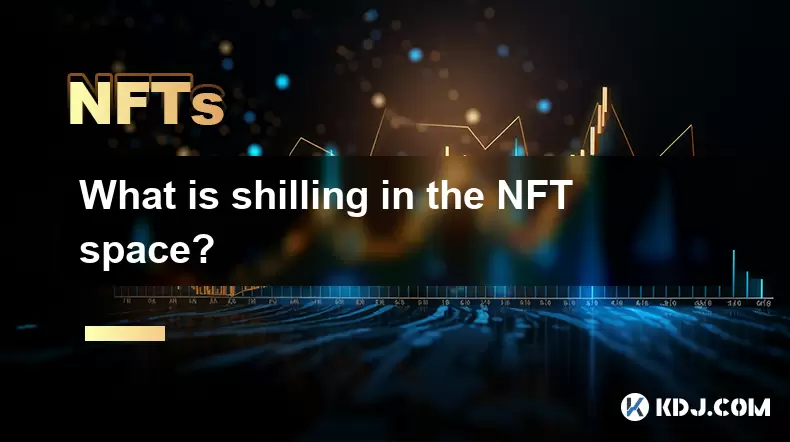
What is shilling in the NFT space?
Aug 08,2025 at 02:14am
Understanding the Concept of Shilling in the NFT EcosystemIn the NFT space, the term shilling refers to the act of aggressively promoting a specific d...
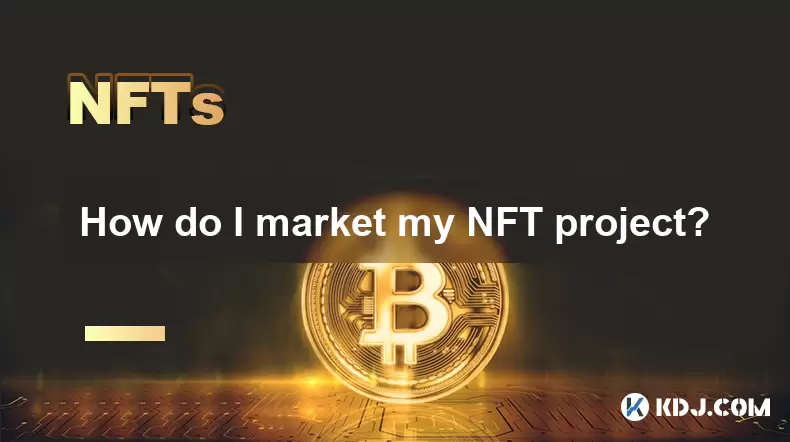
How do I market my NFT project?
Aug 09,2025 at 11:22am
Understanding Your NFT Project’s Unique Value PropositionBefore launching any marketing campaign, it's essential to clearly define what makes your NFT...
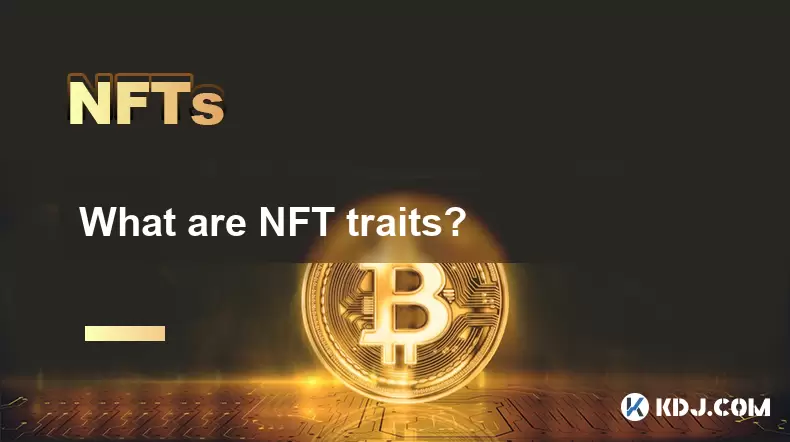
What are NFT traits?
Aug 07,2025 at 10:35pm
Understanding the Concept of NFT TraitsNFT traits define the unique characteristics of a non-fungible token, particularly within collections such as p...
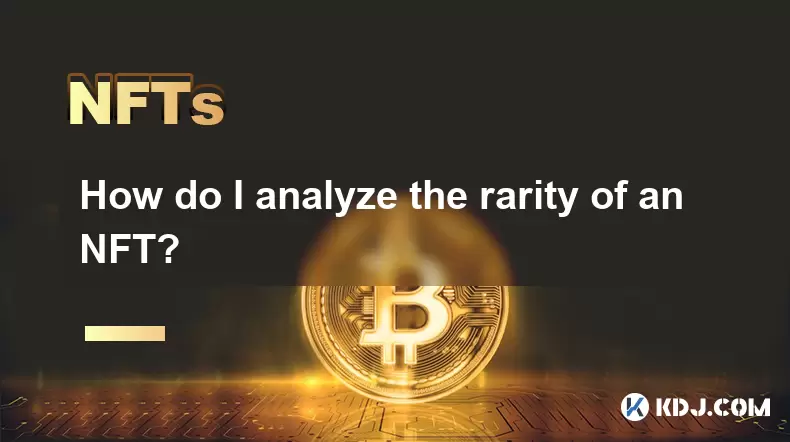
How do I analyze the rarity of an NFT?
Aug 09,2025 at 01:00am
Understanding NFT Rarity and Its ImportanceNFTs, or non-fungible tokens, represent unique digital assets verified on a blockchain. Unlike fungible tok...
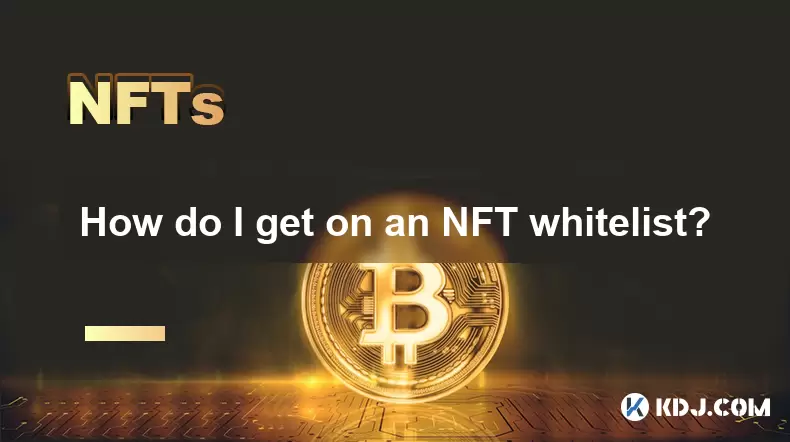
How do I get on an NFT whitelist?
Aug 08,2025 at 09:15am
Understanding the Concept of an NFT WhitelistAn NFT whitelist is a curated list of wallet addresses granted special privileges during an NFT project’s...
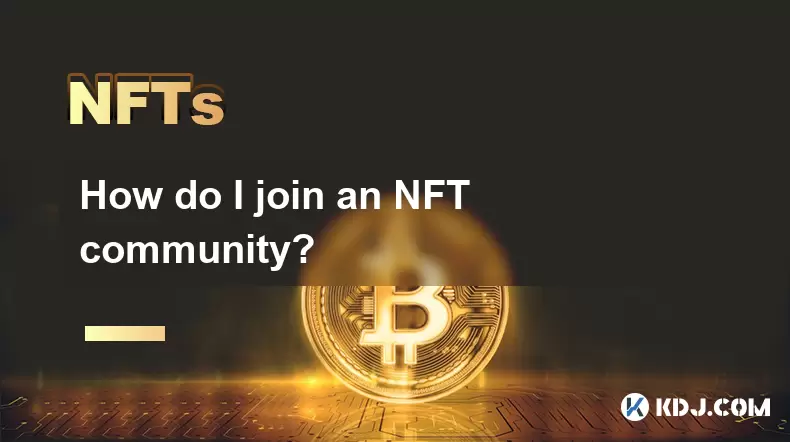
How do I join an NFT community?
Aug 07,2025 at 10:21pm
Understanding the Purpose of NFT CommunitiesNFT communities are digital ecosystems built around specific non-fungible token projects, artists, or broa...

What is shilling in the NFT space?
Aug 08,2025 at 02:14am
Understanding the Concept of Shilling in the NFT EcosystemIn the NFT space, the term shilling refers to the act of aggressively promoting a specific d...

How do I market my NFT project?
Aug 09,2025 at 11:22am
Understanding Your NFT Project’s Unique Value PropositionBefore launching any marketing campaign, it's essential to clearly define what makes your NFT...

What are NFT traits?
Aug 07,2025 at 10:35pm
Understanding the Concept of NFT TraitsNFT traits define the unique characteristics of a non-fungible token, particularly within collections such as p...

How do I analyze the rarity of an NFT?
Aug 09,2025 at 01:00am
Understanding NFT Rarity and Its ImportanceNFTs, or non-fungible tokens, represent unique digital assets verified on a blockchain. Unlike fungible tok...

How do I get on an NFT whitelist?
Aug 08,2025 at 09:15am
Understanding the Concept of an NFT WhitelistAn NFT whitelist is a curated list of wallet addresses granted special privileges during an NFT project’s...

How do I join an NFT community?
Aug 07,2025 at 10:21pm
Understanding the Purpose of NFT CommunitiesNFT communities are digital ecosystems built around specific non-fungible token projects, artists, or broa...
See all articles

























































































